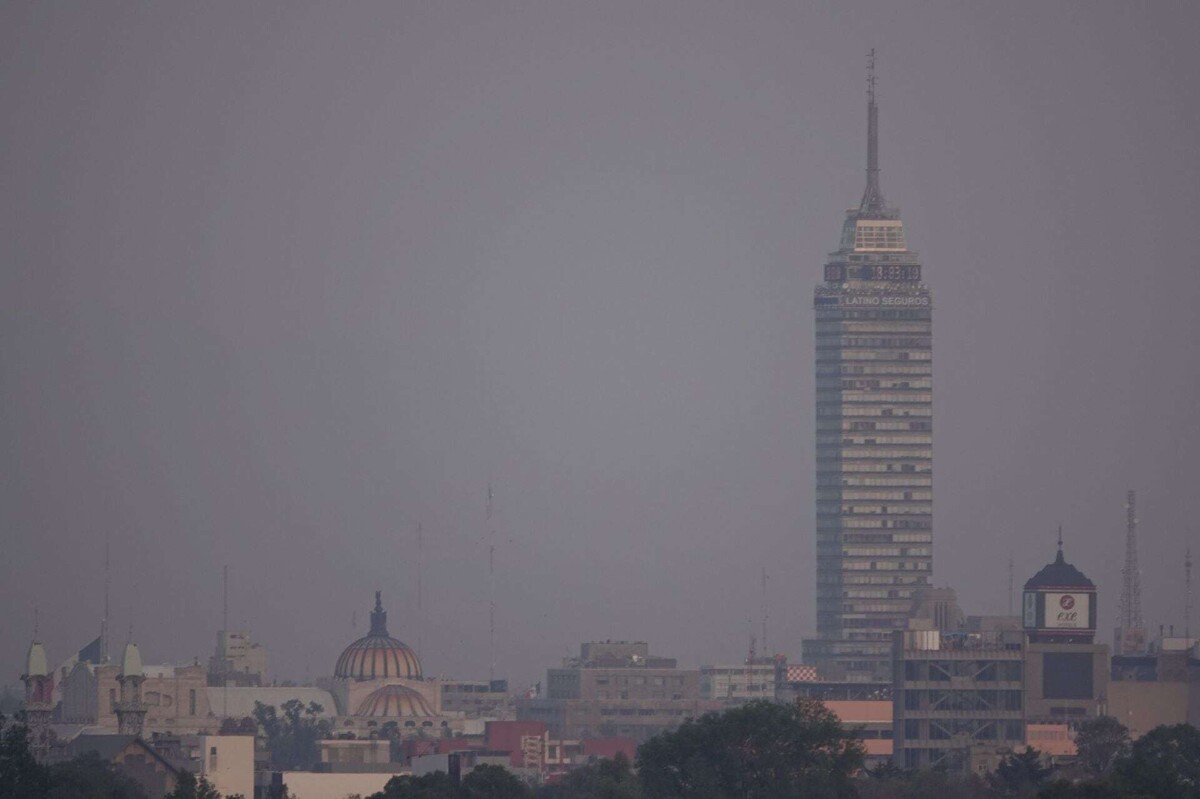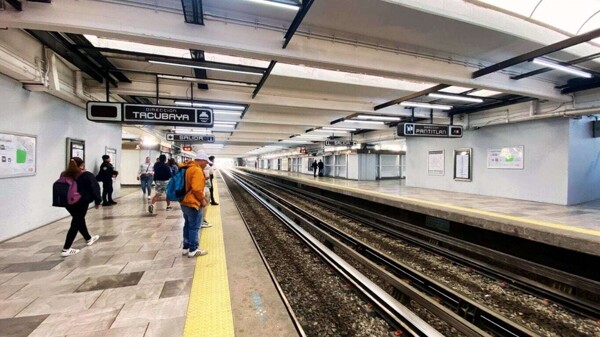
During Holy Week, despite the departure of vacationers that has congested roads such as the Mexico-Cuernavaca in Mexico, air quality has been consistently poor. The National Meteorological Service reported that conditions in central Mexico were conducive to the formation of ozone and pollutant particles, due to an anticyclonic circulation and scarce water vapor that would generate a hot to very hot environment in the region.
On Saturday, April 19, various states were affected by the heat, including the north and southwest of the State of Mexico, southwest of Hidalgo, Morelos, southwest of Puebla, and central and southeast of Querétaro. In Mexico City, 21 stations reported poor air quality, which alerts authorities regarding a possible activation of phase 1 of environmental contingency and the implementation of the Double Hoy No Circula.
The possibility of contingency increases due to a yellow alert for heat, expecting the thermometer to reach up to 32 degrees in several capital demarcations. The Institute of Atmospheric Sciences and Climate Change of UNAM has pointed out that the increase in temperature favors photochemical reactions producing ozone, explaining that compounds such as nitrogen oxides, volatile organic compounds, methane, and carbon monoxide are the main precursors of ozone in the metropolitan area of the Valley of Mexico.
Ozone is generated from emissions of gasoline, solvents, and even LP gas leaks, which under the influence of sunlight and photochemical reactions, produce ozone and other pollutants. It is important to stay informed about air conditions and take necessary measures to reduce pollution.














